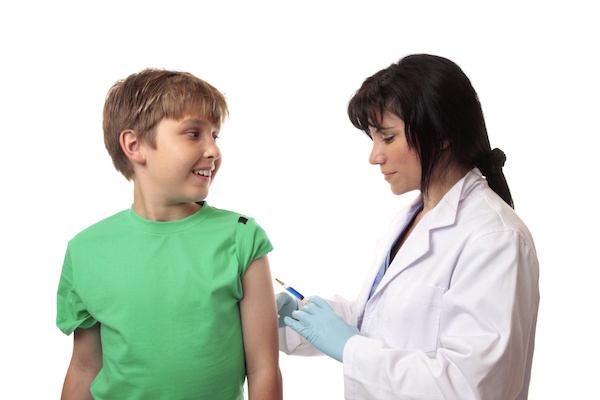
THURSDAY, Oct. 28 (HealthDay News) — The H1N1 flu pandemic was associated with a sharp rise in the number of children with a serious bacterial infection called empyema, a new study shows.
Empyema, an infection in the pleural tissues surrounding the lungs, frequently requires a chest tube or surgery to drain infected fluid from the chest. Empyema most often occurs as a complication of pneumonia.
Researchers studied data on children diagnosed with empyema at Primary Children’s Medical Center in Salt Lake City from 2004 to 2009, and found a large increase in the number of cases from May to June 2009.
Twenty-one cases of empyema were diagnosed in those months, nearly double the average of 10.8 cases during the same time of year from 2004 to 2008. The number of cases peaked in June 2009, when doctors diagnosed 12 cases, compared with an average of 3.5 cases in June of other years.
The increase in empyema cases in the spring and summer of 2009 coincided with a severe outbreak of H1N1 flu in Utah, when 604 children were diagnosed with swine flu and 117 of them were hospitalized.
All the children diagnosed with empyema from May to June 2009 had a flu-like illness before diagnosis and most of those with confirmed influenza were infected with H1N1, the researchers found.
The study appears in the October issue of the Pediatric Infectious Disease Journal.
The findings highlight the need to keep children up to date with recommended influenza and pneumococcal vaccines, and the importance of prompt antiviral drug treatment for patients with influenza signs and symptoms, said study leader Dr. Krow Ampofo, of the University of Utah Health Sciences Center, Salt Lake City, and colleagues.
More information
The MedlinePlus Medical Encyclopedia has more about empyema.

